Understanding the Power Protection Needs of Professional Audio Equipment
For podcasters and voice professionals working remotely, protecting sensitive audio equipment during home renovations or power disruptions is crucial for business continuity. This comprehensive guide will help you understand how to properly store and protect your valuable recording equipment while maintaining professional-quality output.
Key Equipment Requiring Climate-Controlled Storage
When considering storage solutions for your audio setup, pay special attention to these sensitive components:
- Condenser microphones and preamps
- Audio interfaces and mixing consoles
- Digital recording devices
- Power conditioning equipment
- Acoustic treatment materials
Temperature and Humidity Control Essentials
Professional audio equipment requires specific environmental conditions to maintain optimal performance:
- Ideal temperature range: 65-75°F (18-24°C)
- Recommended humidity levels: 45-50%
- Protection from sudden temperature changes
- Dust-free environment
Power Protection Strategies
Implement these critical power protection measures for your audio equipment:
- Use high-quality surge protectors
- Install uninterruptible power supplies (UPS)
- Maintain proper grounding
- Monitor power fluctuations
Storage Organization Tips
Maximize your storage efficiency while protecting your equipment:
- Use padded cases for sensitive microphones
- Label all cables and connections
- Store equipment vertically when possible
- Maintain accessibility for regular maintenance
Emergency Backup Solutions
Prepare for unexpected power issues with these backup strategies:
- Maintain portable power banks
- Create equipment backup kits
- Document setup configurations
- Establish alternative recording locations
Professional Maintenance Schedule
Regular maintenance ensures your equipment stays in top condition:
- Weekly equipment checks
- Monthly deep cleaning
- Quarterly power system testing
- Semi-annual professional servicing
Insurance and Documentation
Protect your investment with proper documentation:
- Maintain detailed equipment inventory
- Keep purchase receipts and warranties
- Document storage conditions
- Update insurance coverage regularly
Remote Recording Contingency Planning
Develop backup plans for maintaining your recording schedule:
- Identify alternative recording spaces
- Maintain portable recording setups
- Create client communication protocols
- Establish emergency scheduling procedures
Monitoring and Security Measures
Implement these security measures to protect your equipment:
- Install temperature monitoring systems
- Use humidity sensors
- Set up security cameras
- Maintain access logs
Best Practices for Long-Term Storage
Follow these guidelines for extended equipment storage:
- Use moisture-absorbing packets
- Rotate stored equipment regularly
- Maintain proper ventilation
- Schedule regular equipment testing
Conclusion
Protecting your professional audio equipment requires careful planning and implementation of proper storage solutions. By following these guidelines, you can ensure your valuable equipment remains safe and ready for use, allowing you to maintain professional-quality output even during challenging circumstances.
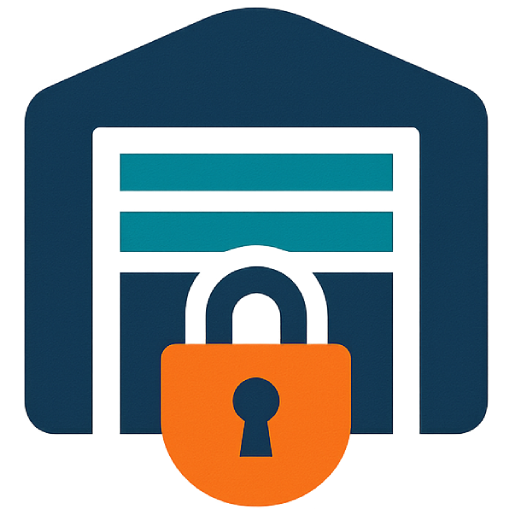
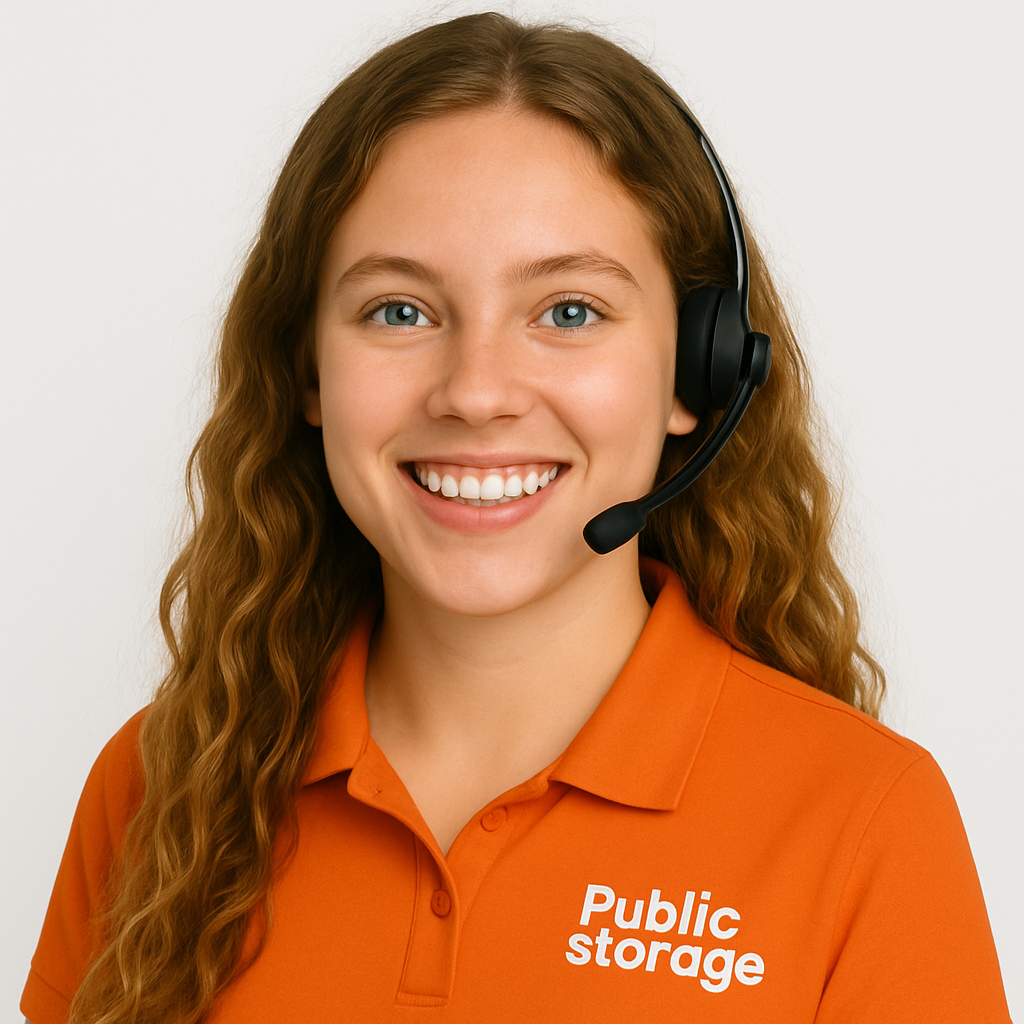
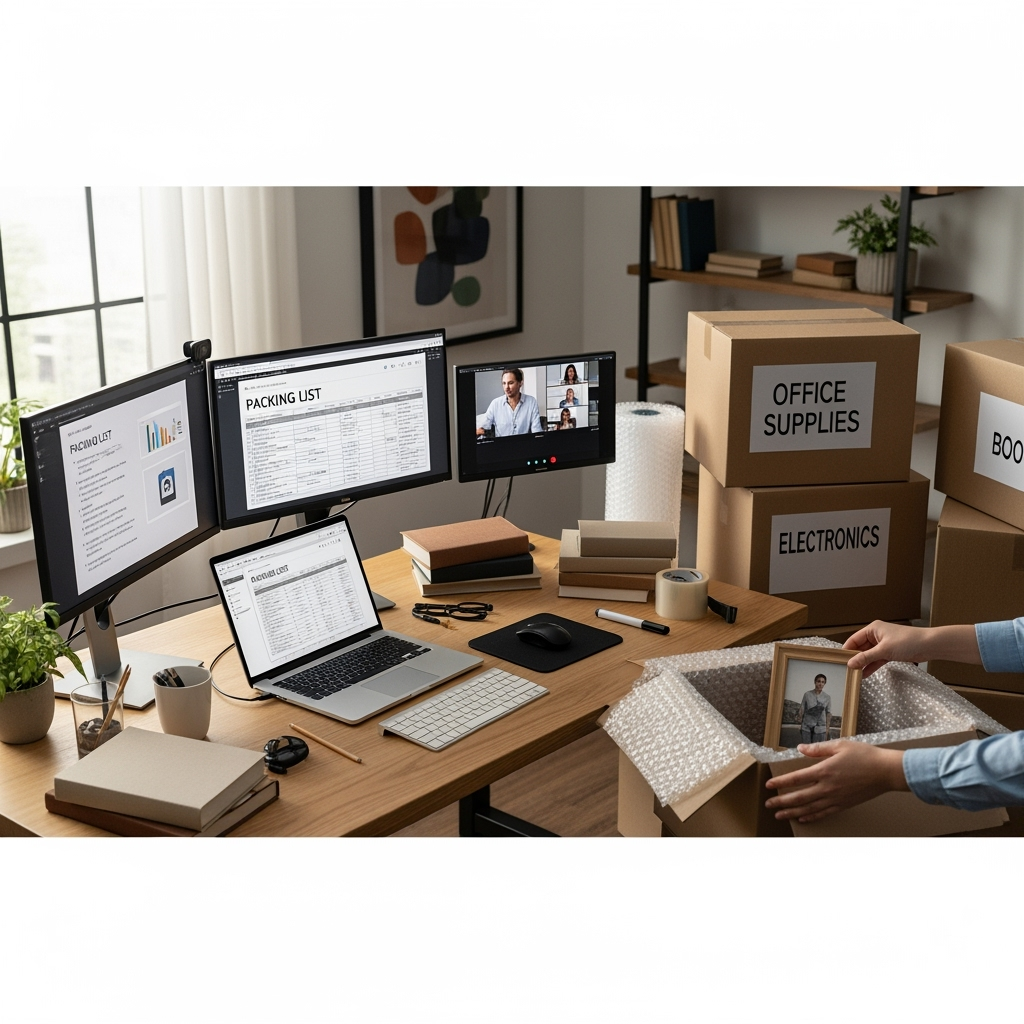
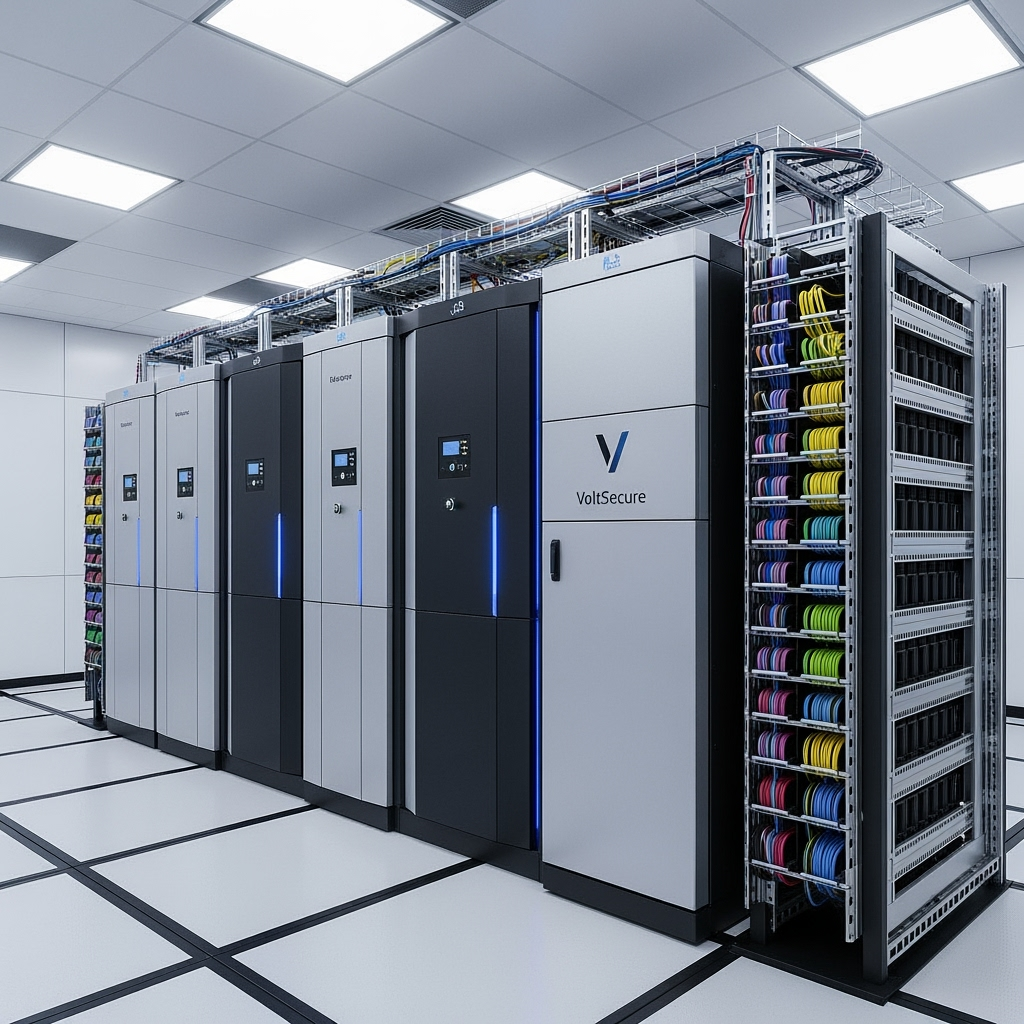

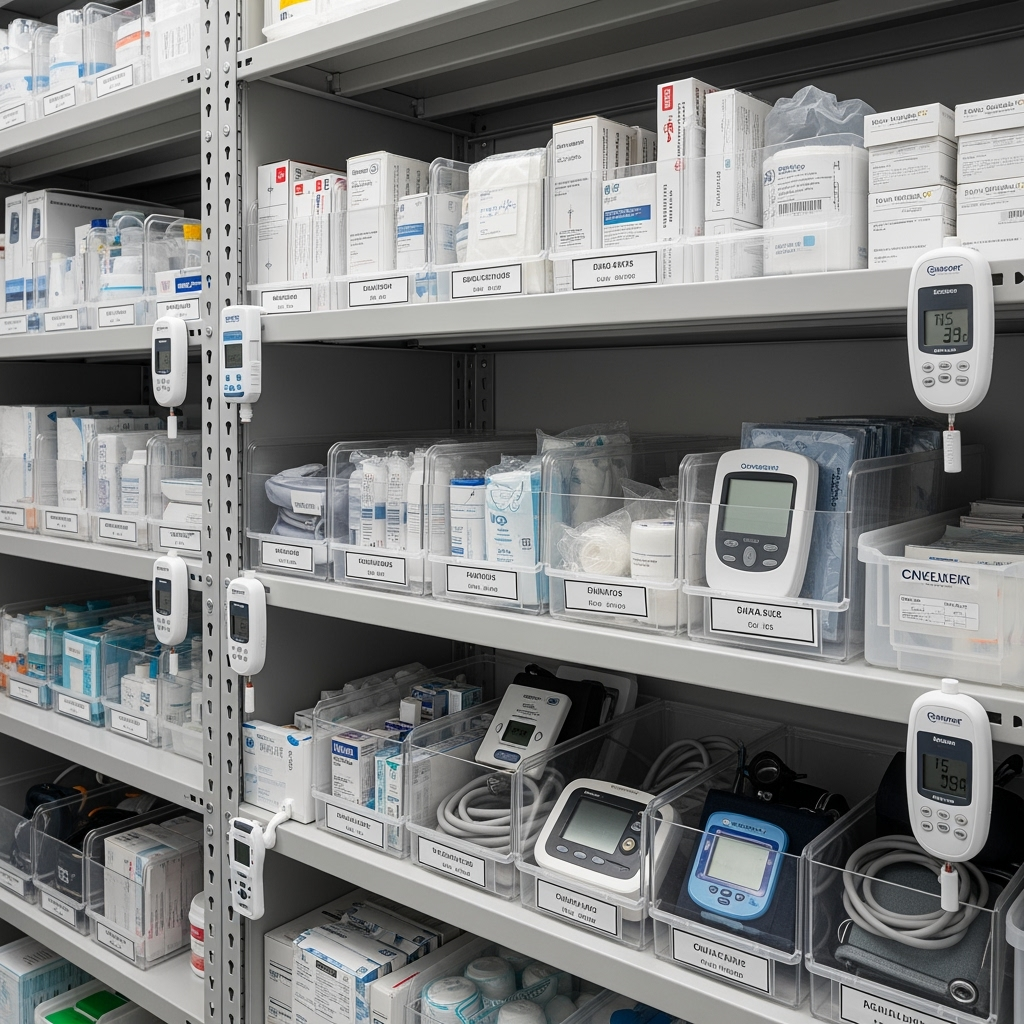
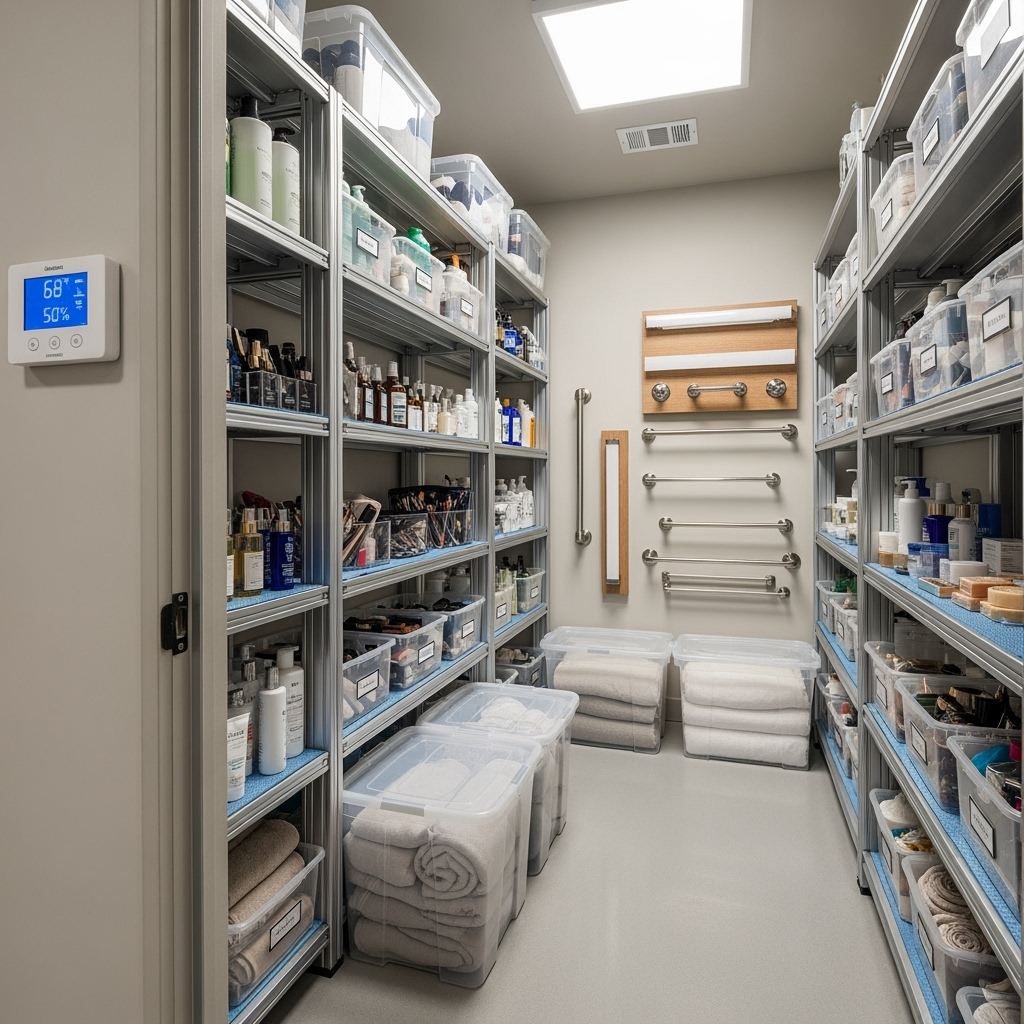
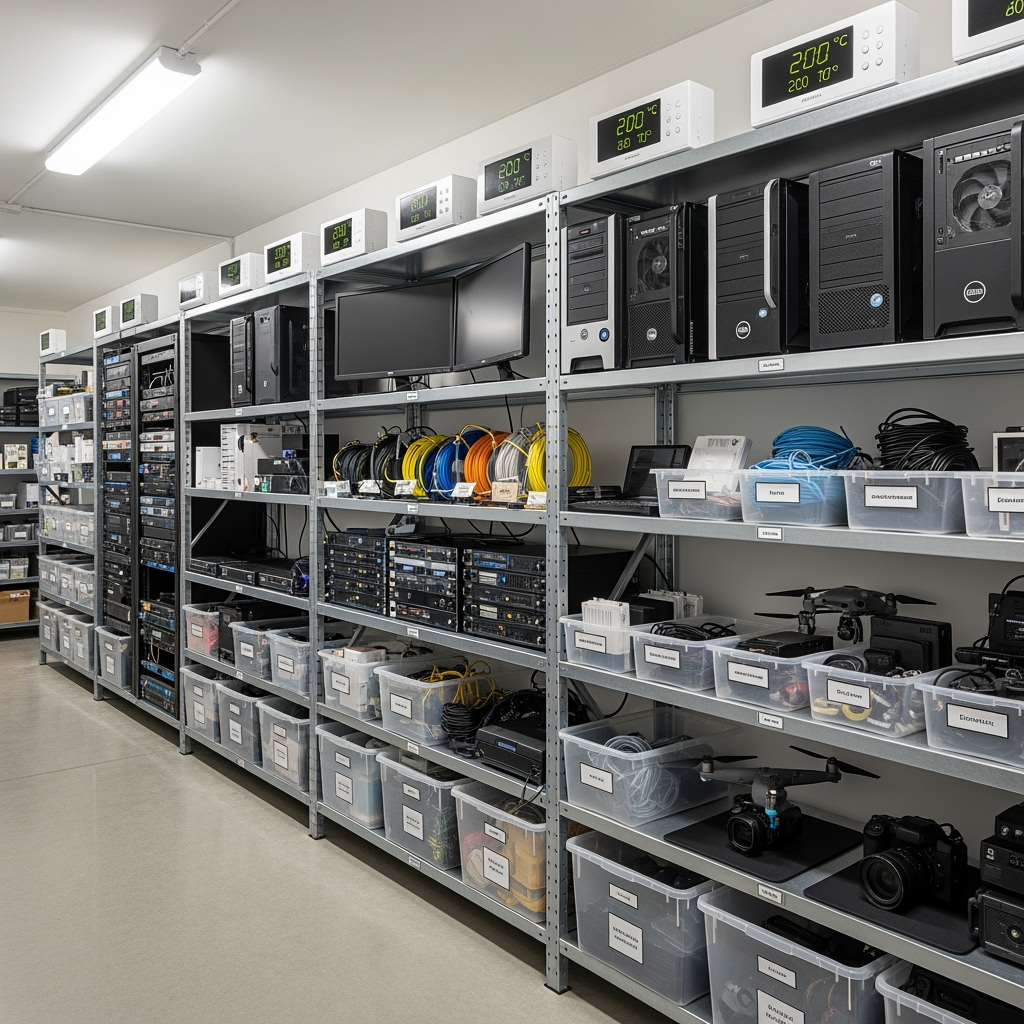
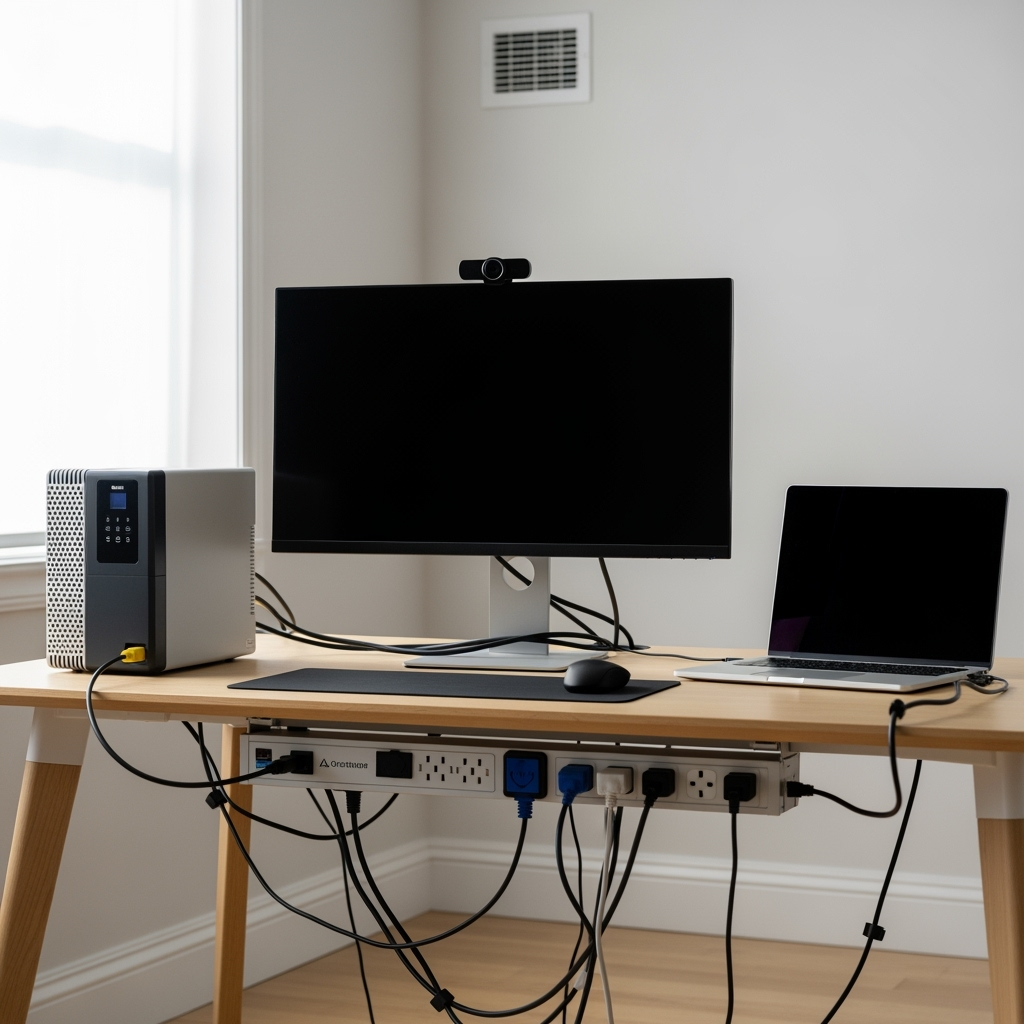
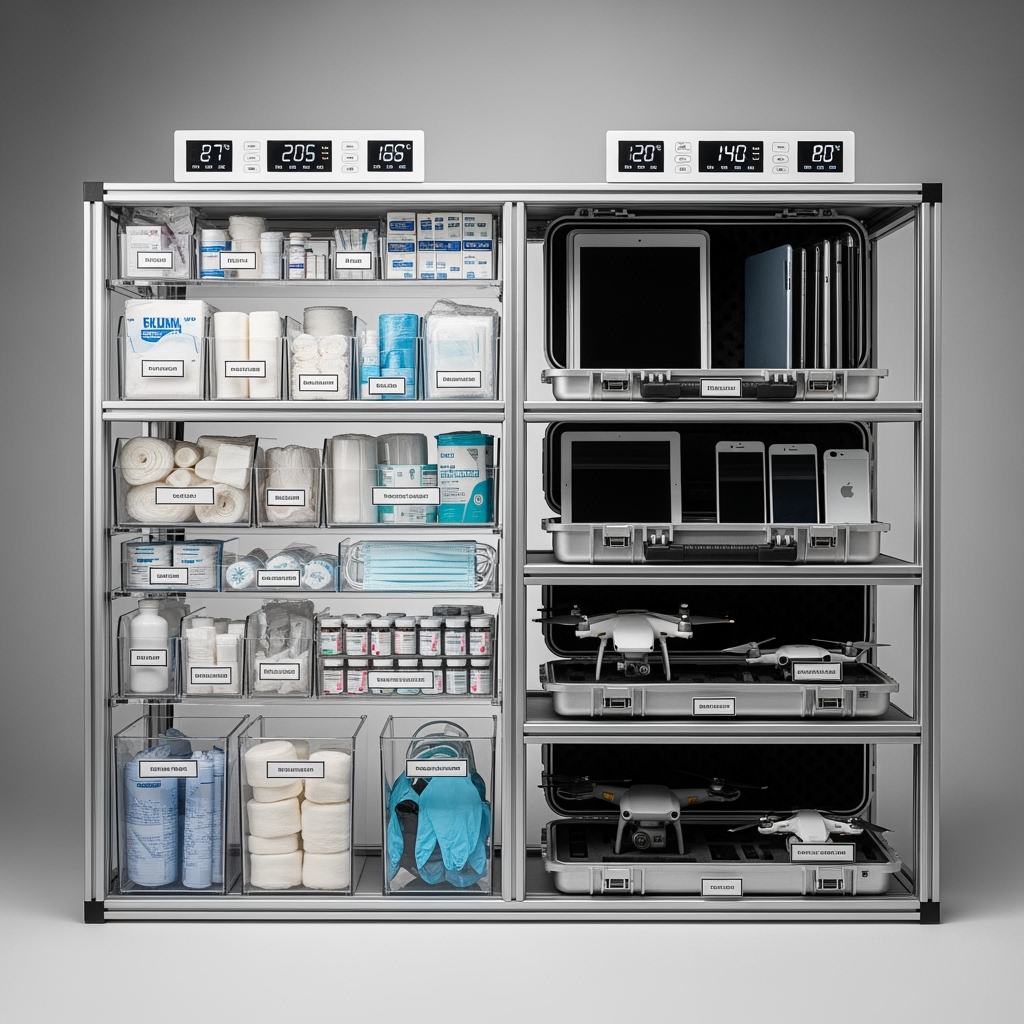
Leave a Reply